GEODT Geometric Optical Digital Twin for Underwater Photogrammetry
If you are interested in developing or evaluating underwater photogrammetry algorithms that cope with refraction, you might be interested in rendering refractive test images with underwater effects. Please have a look into our raytracing package for simulation of underwater photogrammetry GEODT.
Camera Calibration Patterns
Cameras can be considered measurement devices complementary to acoustic sensors when it comes to surveying marine environments. Similar to acoustic devices, for 3D reasoning it is however necessary to understand which light ray is associated to each pixel in the image.
Finding the geometrical relation ship between pixels and rays in space is the goal for geometric camera calibration. Similarly, when reasoning about intensities and colors is desired, it is important to perform radiometric camera calibration. On top, not only the properties of the cameras themselves are important, but also the shape and material of the "glass window" (so called port") and the properties of the medium (i.e. the water) where they are submerged. Different waters have different optical densities, which leads to different refraction at camera housings. Similarly, different "water colors" lead to different attenuation and scattering effects. Here we provide different calibration targets as pdf (free for non-commercial use). If you are interested in calibration of a stereo camera system, make sure that they are not scaled when printed.
Often cameras are also rigidly mounted to platforms (ROV, AUV, frames, ...), to other cameras (stereo systems), to lasers or to other sensors. Both for relative reasoning and also for absolute georeferencing, it is important to consider the different coordinate system in this process and how to correctly transfer measurements from the camera frame to other reference frames, e.g. the world frame.
In order to measure with cameras it is important to understand and model all these aspects. Some of the parameters involved can be estimated directly from the data, i.e. from underwater photos and videos, while others cannot. However, it is generally advantegeous to precalibrate and record all available parameters as this avoids degenerate cases for estimation. The goal of this website is to provide information about how to calibrate cameras as well as required targets, procedures and to ultimately foster standard calibration procedures and/or tools.
This site is currently work in progress and we intend to continuously add data, software and procedures in the future.
Camera calibration instructions
For geometrical camera calibration, please read our guidelines at OceanBestPractises.org.
PDF files for calibration targets (free for non-commercial use):
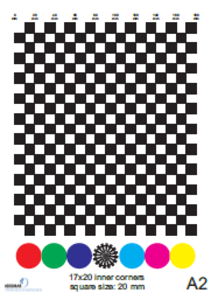 | 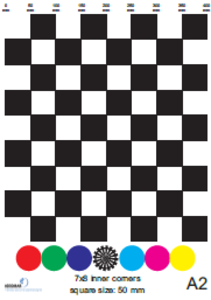 | ||
|---|---|---|---|
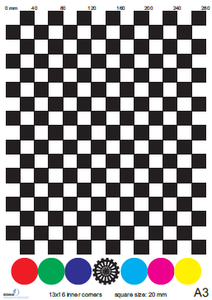 | 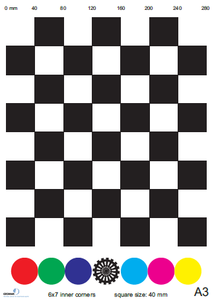 | 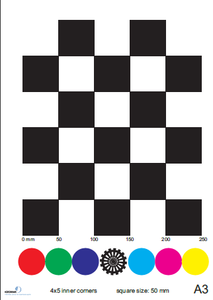 | |
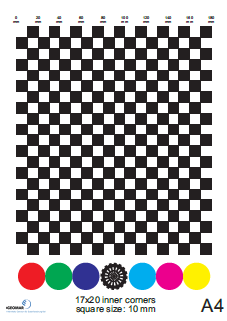 | 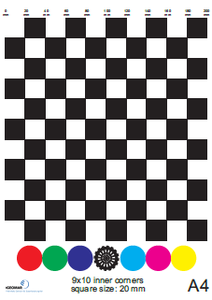 | 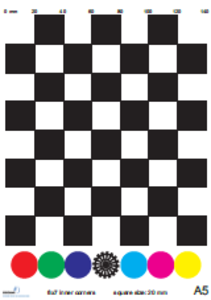 |


